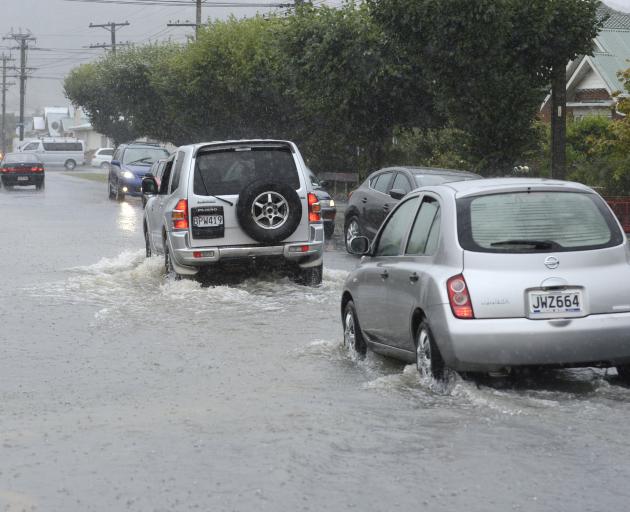
Premiums for AMI and State Insurance customers are set to rise in parts of the country to reflect higher earthquake and flood risk, while others in the less risky bits of New Zealand will pay less.
Customers in areas at higher risk of natural hazards, such as earthquakes, floods, and landslips, are expected to see a $91 average increase in their total yearly premium, said AMI and State owner IAG.
Those areas include parts of Whakatāne District, Hawke's Bay, Wairarapa, Greater Wellington, Marlborough, the West Coast, Kaikōura, Waimakariri District and Dunedin.
Customers in other parts of the country are expected to see a $54 average decreases in their total premium.
Those areas include parts of the upper North Island, Taranaki, Selwyn District, North and Central Otago and Southland.
IAG's move follows a similar change from Tower, which moved to risk-based pricing in April.
AMI and State policyholders will be contacted from today with details of the changes in their premiums, which include changes relating to differences in risk along with changes reflecting IAG's normal approach to reflecting changes in inflation and costs.
Kevin Hughes, executive general manager consumer at IAG, said the changes reflected how New Zealand's environmental risks had evolved.
"We know New Zealand has many natural hazards, including earthquakes and floods, with different risks in different regions," he said in a statement.
"In the past, the price people pay for home insurance hasn't fully reflected these differences in risk. This is now changing," Hughes said.
"Over the past few years, we've seen how New Zealand's environmental risks have evolved, and we're taking these risks more into account," he said.
"While we can't ignore these changes, we can continue to be there for our customers when misfortune strikes. This means our prices must change," he said.
Generally, a home in a location which is a high-risk area for earthquakes or floods will cost more to insure than a like-for-like home in a lower risk location, he said.
Tim Grafton, chief executive, Insurance Council of NZ , said the council supported the moves.
"We support insurers' moves to signal to customers the risks New Zealand faces, particularly in regard to earthquakes and flood," he said.
"New Zealand is a risky country – a Lloyd's study of 42 countries placed New Zealand as third riskiest in the world behind Bangladesh and Chile," he said.
"Wellington alone sustained over $1 billion in damage in 2016 from an earthquake centred over 200km away," he said.
"Significant risks remain with the Wellington fault line, the Hikurangi trench and the Alpine fault line, the last of which is due to go at some point in our lifetimes," Grafton said.
IAG said it will work with customers to reduce the impact of any changes.
For example, taking a voluntary excess may reduce a customer's premium.
Customers also have the option of paying monthly or quarterly, depending on their policy.
Those customers with significant increases in their premium will be contacted to discuss their options, IAG said.











